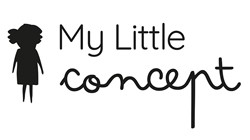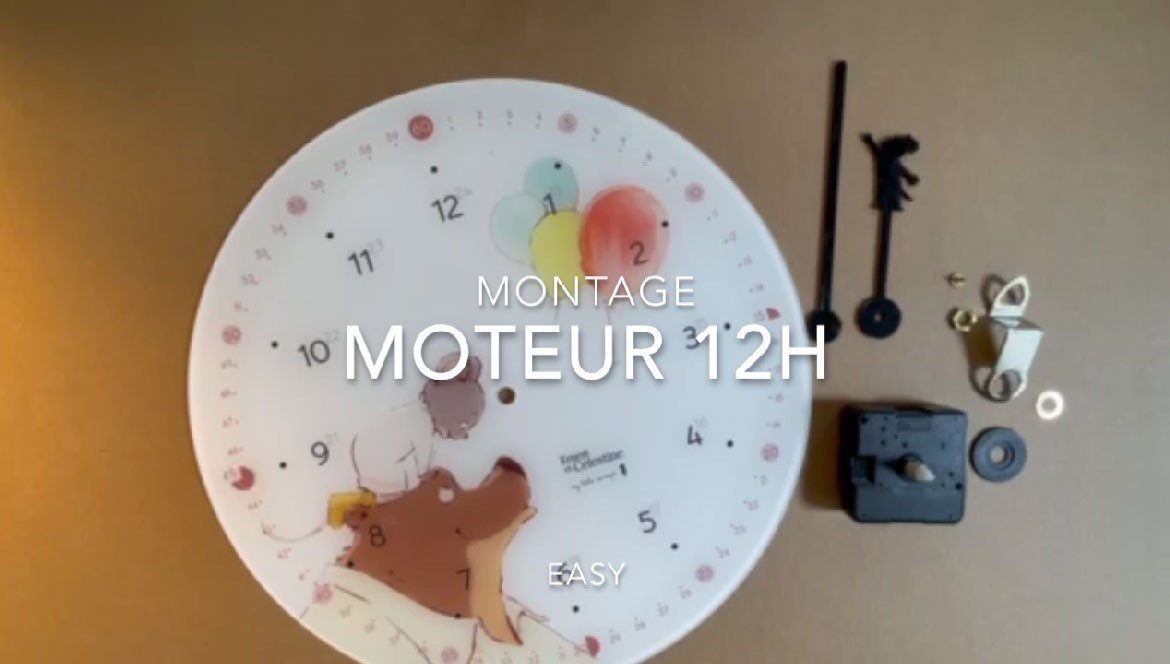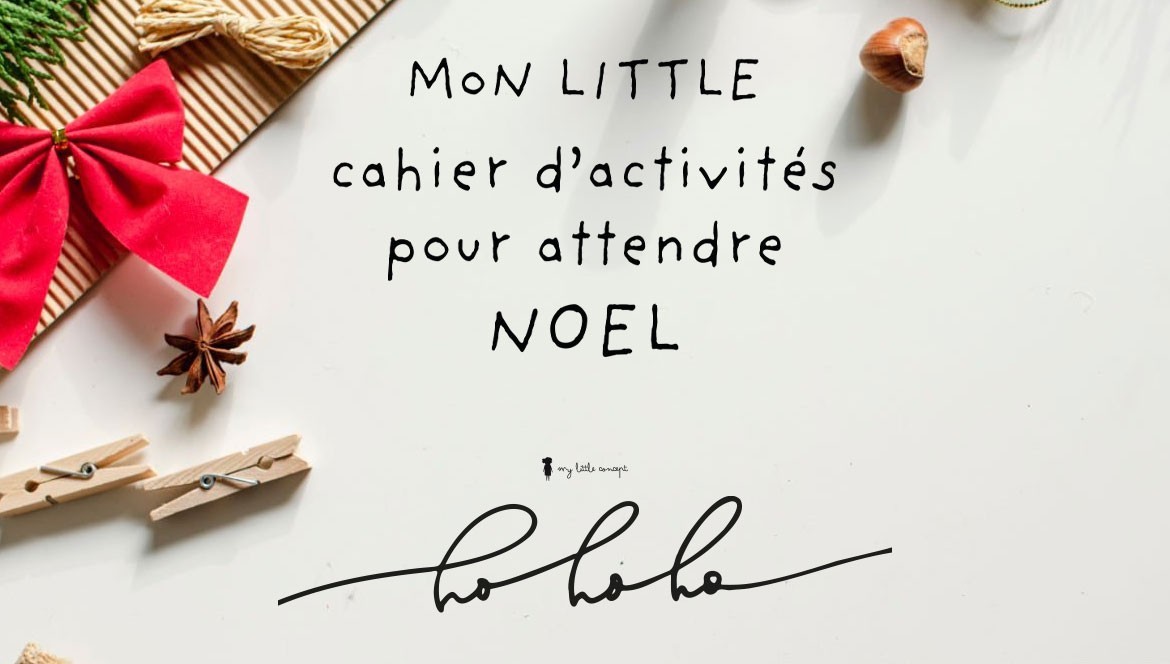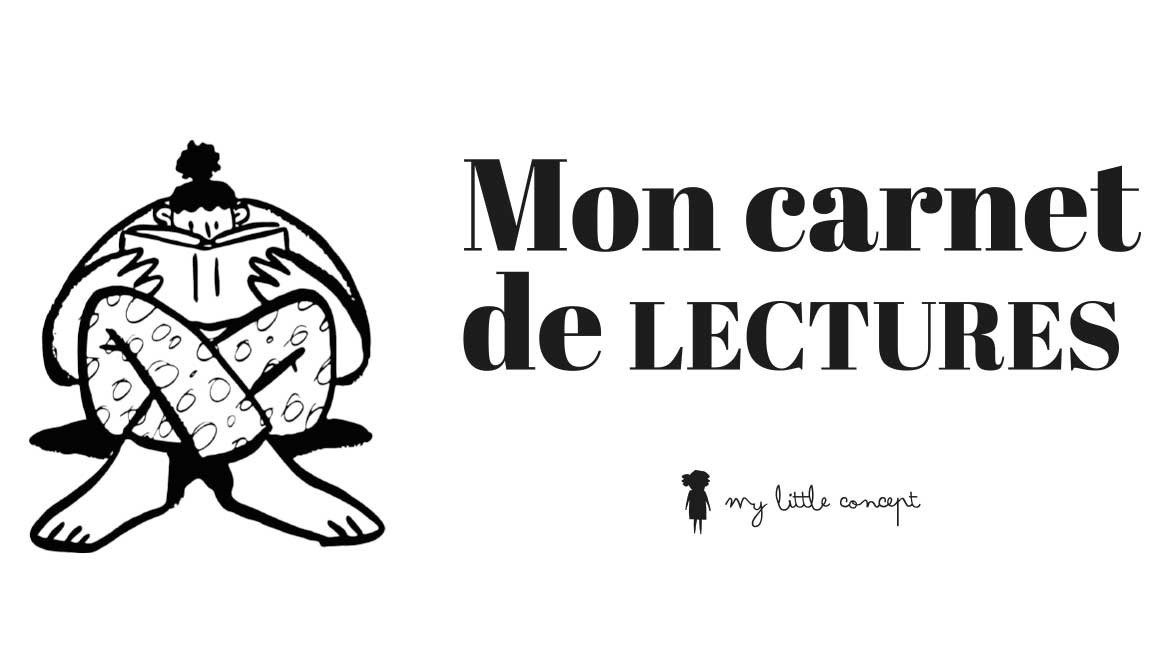Perpetual calendar tree
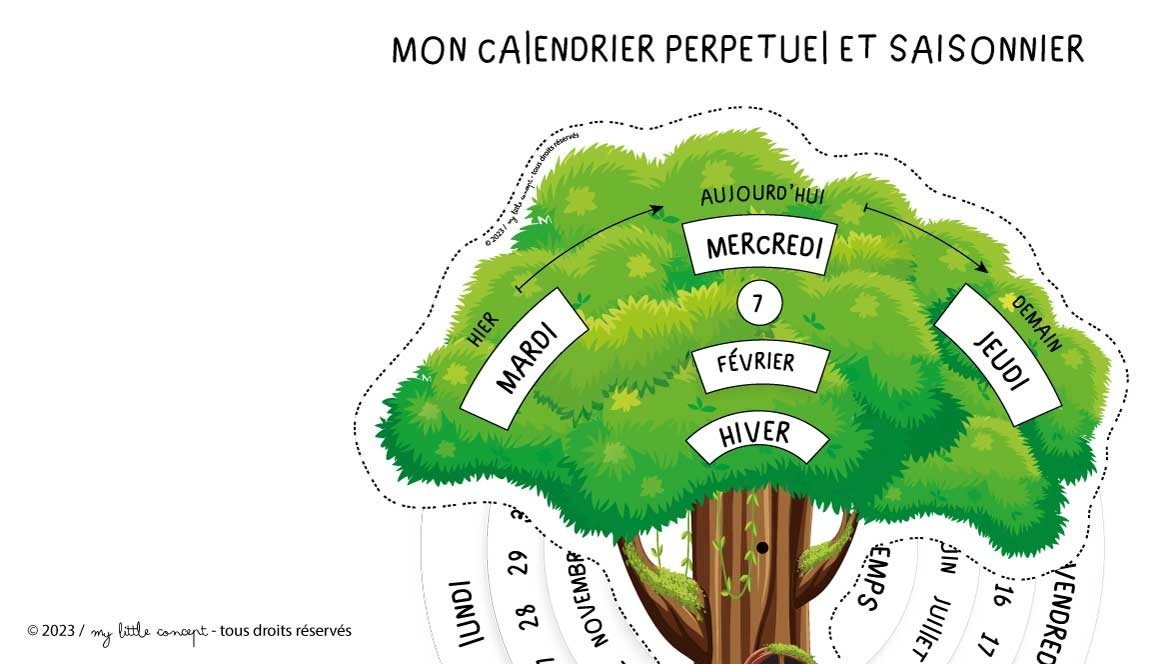
The perpetual calendar to print and manipulate.
A perpetual calendar is a calendar that is valid for all years and therefore reusable. It informs the date of the day by specifying the name of the day of the week, the month and even the season in which you are. The adjustment is done simply thanks to wheels that you can turn.
What is the use of a perpetual calendar?
In addition to reassuring them, this support allows them to handle a lot of notions:
The numbers
The days of the week
The months of the year
The seasons
The passing of time and durations
The notions of yesterday - today - tomorrow
Using the perpetual calendar every day will allow the child to become familiar with the notion of time while having fun. They will be able to distinguish between the different lengths of time, the days of the week, which are numbered from 1 to 31 and named Monday to Sunday, the 12 months of the year from January to December and the 4 seasons.
He will be able to appropriate the notions of short and long times and will learn to structure all these ideas in his head, at his own pace.
At what age can a perpetual calendar be used?
The concept of time is acquired gradually in children. They begin to acquire the rudiments of it as early as 2 years old. As they grow up, they become more and more able to distinguish between yesterday and tomorrow, they are able to position themselves in their week, in the months of the year and know if they are in summer or winter. Using key dates such as their birthday or Christmas Day will help to anchor them more easily. These notions will be fully acquired by the age of 9.
With the youngest you can use the calendar with them. Especially if they are learning to read. I would say that at the beginning of elementary school, this support is quite usable.
Tools to be used in parallel, to structure the notions of daily and weekly time.
Key moments of the day.
From the age of 3, the notions of morning, noon and evening begin to make sense. They understand that their days are punctuated by recognizable times such as waking up and going to bed, meals, sports, manual and artistic activities, hygiene (bathing, brushing their teeth, etc.), in short, all the rituals that punctuate their days and are repeated every day. Their routine.
You can discover on the site the clocks of the routine (heading My Little Day) that have been designed to help them.
The days of the week
At the same time, they begin to identify the days of the week. Learning the days of the week can be initiated with a color code as they will most likely do in kindergarten. It should be noted that the colors assigned to the days is not a standard in national education. Therefore, there are no common color codes for all schools. If your child is working on the days of the week with Loup, you can find on our website the week clock which exactly reproduces the colors of the book "Le Loup qui voulait changer de couleurs". In the section My Little Week, you can find all our tools. You can also use this support to work on expressions such as: the day after tomorrow, one week ago or the day before.
WE WILL SPECIFY: The notion of hours is acquired later, around age 7. It is important to facilitate the learning of time that the notion of time is well mastered, as well as that of numbers up to 60. Thus, reading the time on a classic clock or on a watch will not pose any problem of understanding the meaning of what is being read. Moreover, having worked with a routine clock beforehand, the child will already know how to read the information provided by the hand. You can find in the section My Little 12h, all our classic clocks, designed to help them.
